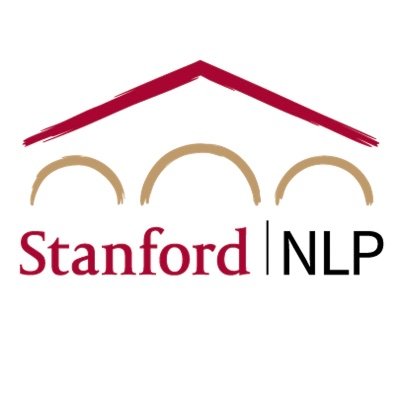
@stanfordnlp
Computational Linguists—Natural Language—Machine Learning @chrmanning @jurafsky @percyliang @ChrisGPotts @tatsu_hashimoto @MonicaSLam @Diyi_Yang @StanfordAILab

@stanfordnlp
Computational Linguists—Natural Language—Machine Learning @chrmanning @jurafsky @percyliang @ChrisGPotts @tatsu_hashimoto @MonicaSLam @Diyi_Yang @StanfordAILab